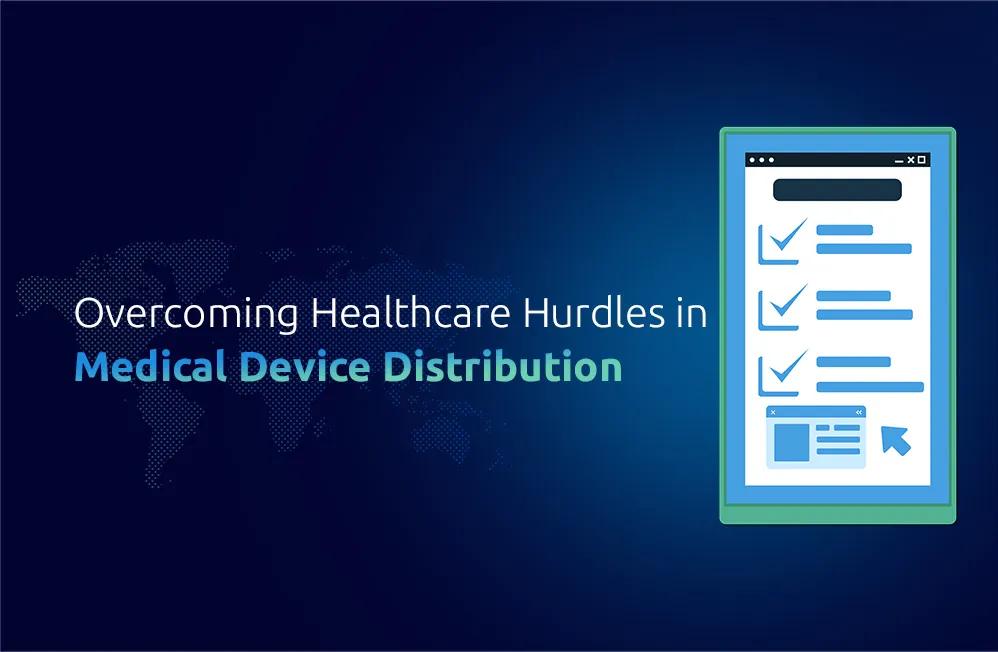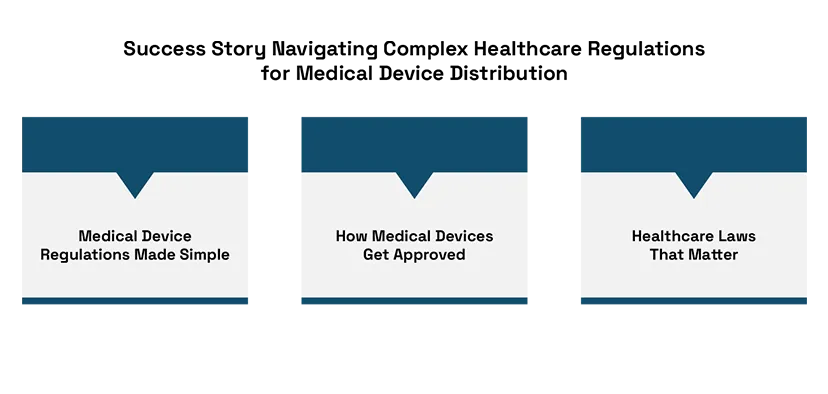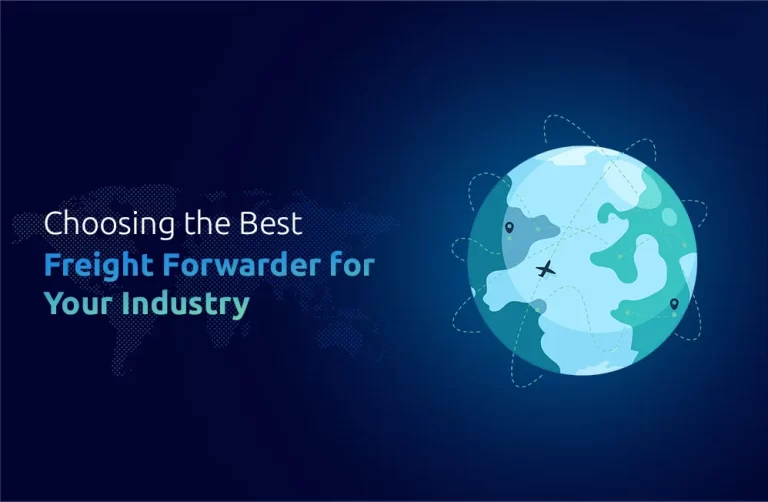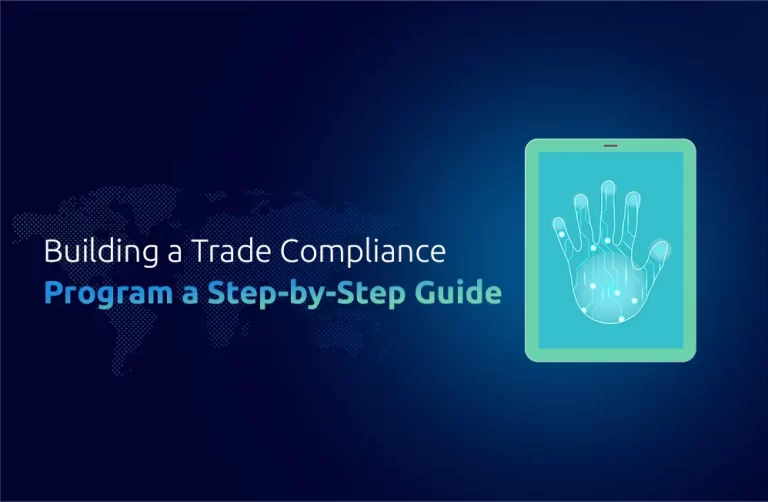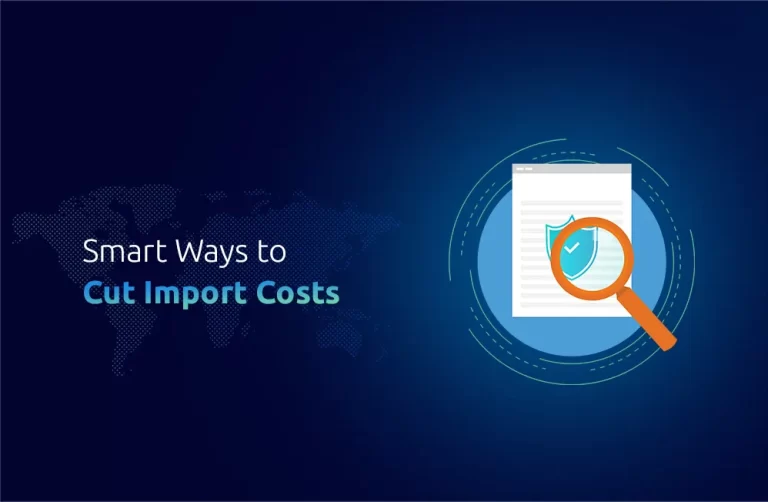Insight
Knowledge of the complicated and multi-faceted regulations is key when getting a medical device to market. Regulations not only guarantee safety and efficacy, but they also have a say in how we move products from factories to physicians. Compliance with these laws is not optional for any company that wants to succeed in this market.
These healthcare compliance laws can be specifically daunting for start-ups and existing businesses looking to enter new markets. Amid evolving regulations, growing scrutiny, & new legislation, being well-informed is more important than ever.
The Importance of Regulatory Knowledge in Medical Device Distribution
Regulation in any industry aims to ensure standards are met that protect consumers, businesses, and professionals. However, these regulations are more than a legal necessity for medical devices. They are meant to help ensure that the devices marketed and sold to consumers are safe and effective, and can do what they claim—all stages, whether production or distribution, must comply with rigorous regulatory bodies.
The regulatory landscape normally consists of certification and permission from health authorities, which entails rigorous inspection of manufacturing, clinical trials, labelling, and post-marketing monitoring. Companies might, for example, require certifications like the European CE mark or F.D.A. approval in the United States to distribute devices. Meeting these needs before distribution is critical to prevent expensive fines, delays, or rejections.
Key Steps to Navigating the Regulatory Landscape
The first step to navigating medical device legislation is understanding the specific market’s needs. There are likely different compliance measures for other countries or regions, so ensuring the rules are known upfront is important. The safety requirements, test standards, and medical device documentation may vary from regulator to regulator.
Once the regulations are known, companies need to have a clear process for compliance. This may require applying a strong quality management system (QMS) based on international best practices. These systems help organizations ensure that their devices are manufactured, labelled, & distributed in compliance with regulations.
Furthermore, distributors of medical devices have to keep records and perform regular checks to ensure that they obey the rules. Because of the complexities of these regulations, many businesses consult with consultants or partners that specialize in compliance with healthcare distribution standards. By enlisting the help of these experts, businesses can simplify their processes, mitigate non-compliance risk & increase the scalability.
Adapting to Changing Healthcare Regulations
The rules around healthcare are not stagnant; they change as technology changes & safety concerns evolve. Regulatory companies frequently update their policies to accommodate these shifts, so keeping up to date can be a bit of a headache. It’s vital for any organization that deals in medical device allocation to closely track regulatory changes, particularly in rapidly evolving industries like healthcare, to maintain ongoing compliance.
For example, suppose new safety information becomes available with a particular device or technology. In that case, the regulator may recall or update the use guidance. When that occurs, companies must act fast to stay compliant and maintain their operations with minimal interruptions. The ability to remain nimble while following these evolving regulations will help determine long-term success.
Expanding Across Borders
International expansion is at the top of the list of the hardest aspects of distributing a medical device. Although some regulatory models, such as the FDA in the U.S. and the European Medicines Agency (EMA) in Europe, are now global, there are still strong regional differences between countries. With one lot, another lot may be left short.
European and U.S. government regulation is strict, for example. Still, other areas may have less stringent requirements or alternative approval processes. Accordingly, firms marketing medical devices in the international marketplace must know the details of the specific regulatory environments they want to serve. Effectively handling this overseas distribution involves a well-rounded strategy that accommodates all compliance needs promptly.
The Role of Technology in Compliance
Technology is becoming more important in enabling companies to navigate the regulatory terrain. Digital strategies, like regulatory management software and automated compliance monitoring, can assist organizations in keeping up with changes in regulations. With such tools, documentation is kept properly, deadlines are remembered, and the process is transparent.
Furthermore, technology enables real-time tracking and reporting so that companies can be familiar with possible difficulties and address them before they become more serious. The right tools can enable organizations to address regulatory issues better, simplify processes, and embed compliance in their business.
Overcoming Challenges in Medical Device Distribution
Although it can be challenging to navigate the regulatory environment, it also offers opportunities for growth and development. Creating a Strong Framework for Regulatory Compliance. Building trust is key, and a strong regulatory compliance base can help organizations do just that with customers, healthcare providers, and regulatory entities. Companies that simplify their compliance activities can differentiate themselves from the competition by delivering better products that are powerful, dependable, and high quality. Successful medical device distribution isn’t just about compliance with regulations – it’s also about creating a system that can quickly respond to changes, remain fully compliant over time, and forge long-lasting relationships with clients and partners. Done right, companies can get ahead of the regulatory curve and grow their companies.
Conclusion
In closing, dedication, expertise, and a strong compliance plan are needed to weave through these complicated healthcare regulations regarding medical device distribution. We understand these challenges at One Union Solutions and provide complete solutions to help companies navigate the complexities of regulatory compliance. By teaming up with SMEs in these domains, companies can streamline their processes, lower their risk profile, and focus all their attention on growing their business with peace of mind.
Did You Know,
According to a report by the World Health Organization, the global medical device market is expected to reach a valuation of over USD 600 billion by 2025.
FAQs
What are typical regulatory issues in the allocation of medical devices?
The complexity of the regulatory approvals process, just as the product’s safety and effectiveness, and the need to create and track documentation.
How quickly do healthcare regulations shift, and how can companies stay up-to-date?
Regulations for health care are often modified to accommodate new technologies and safety concerns. Companies must put resources toward continuous monitoring, use compliance software and work with experts to stay current.
How does technology fit into medical device distribution compliance?
Technological solutions facilitate the regulatory process with automatic compliance tracking, real-time monitoring, and effective documentation management.
Can corporations export medical devices worldwide without complying with the regulations of all the countries?
No, every country has laws on what is required to distribute a medical device. Companies that do business in different markets need to comply with local laws.
Why is it a good idea for medical device distributors to work with a compliance expert?
Working with compliance professionals can help businesses navigate complicated regulations, sidestep expensive errors, and meet all applicable legal and safety standards in a time frame that suits their needs.

